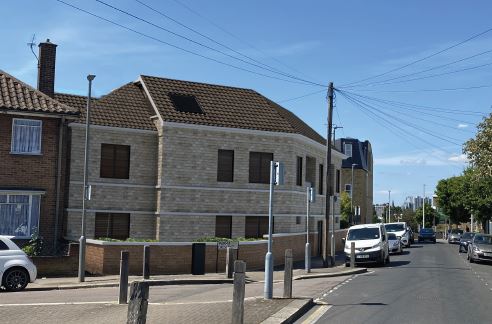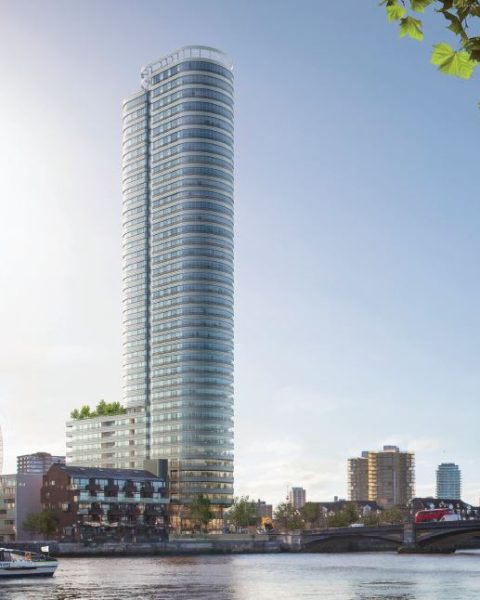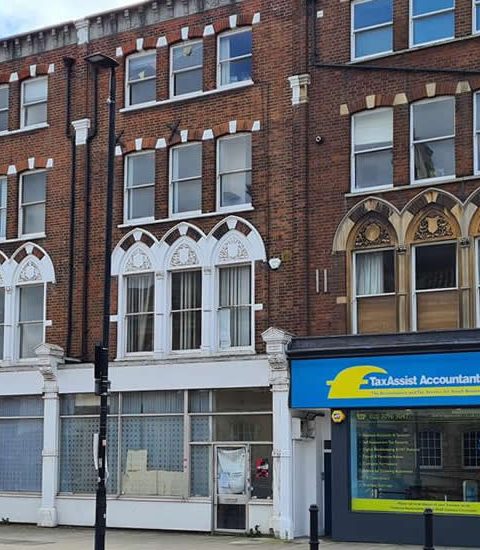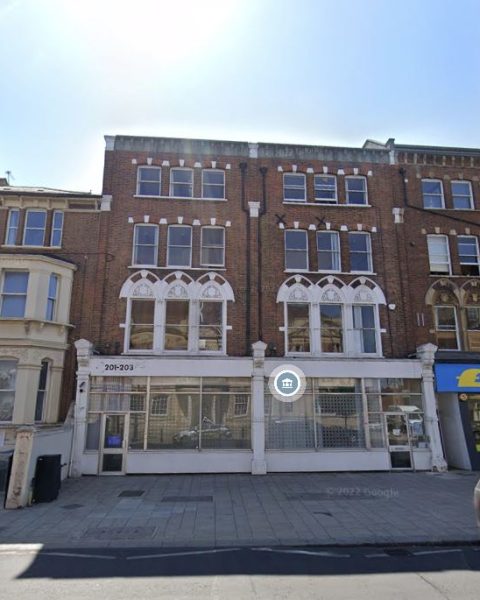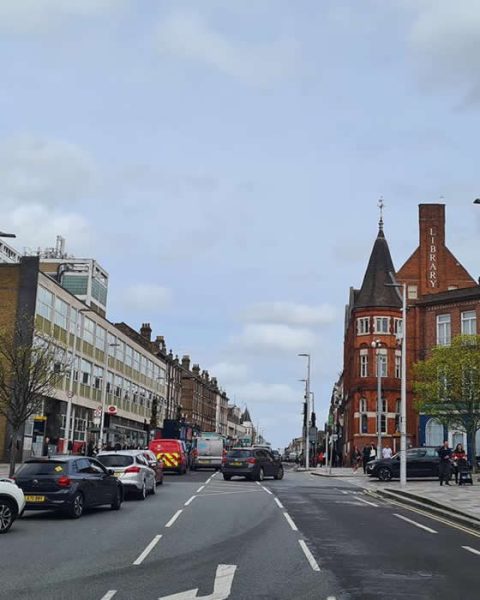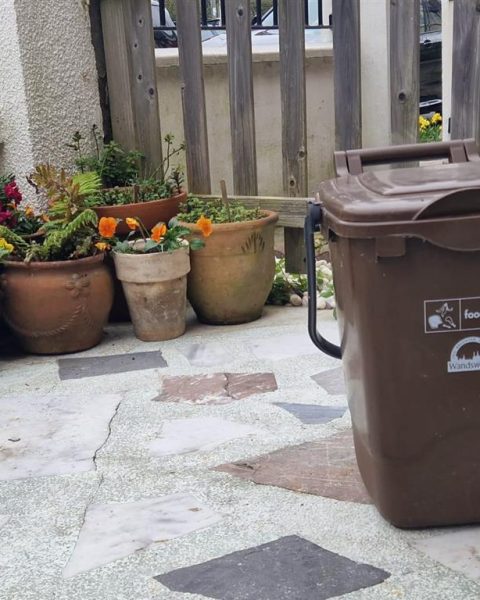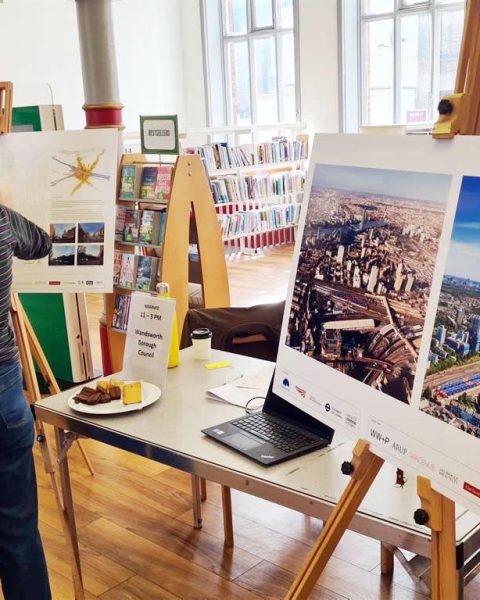This may be the end of the story for a controversial proposal in Parma Crescent. After a third series of modifications and a new application, the scheme was approved.
Back in July, we reported on a the second attempt of a proposal to replace an unusually small house which had an unusually large garden on Parma Crescent with a rather larger building housing five flats. The planning application 2020/0906 was later withdrawn and replaced by a new application, 2020/3505.
The proposal was to replace a modest existing two-storey post-war house with a (quite) large garden and ancillary single-storey additions (garage, storeroom/shed, etc.) by a two storey building with rear roof dormer for 5 flats (all market rent, no affordable).This application was approved by Wandsworth Planning Committee on November 25th, 2020.
An unusual amount of objections and a blatant breach of Wandsworth planning policies
The application received 38 objections and 5 comments (at the time we write this article, we do no longer have access to those representations, but the Council has got a record of mixing comments that are actually objections too) and only 5 support. It is worth noting that the number of objections is quite important in respect of the relative small application.
The Battersea Society raised a very interesting point in their objection:
This [scheme] can be accomplished only by building on almost all of the garden to the front and side of the existing house, which therefore forms an important part of the existing streetscape. The almost total loss of the garden is incompatible with policies DMH 4 and 7 in the Local Plan and, in more detail, in the Housing SPD which states that “there is no local justification that can be made for the development of residential gardens in the borough”.
As usual, the planning officer dismissed all objections
It is clear that the aim of Wandsworth Planning department is not to promote the best planning, but to find all means of justifying planning applications in order to fill the coffer of the Council with planning tax (in this instance, the CIL the scheme will generate for the Council is £155,954.04).
Therefore, creativity needs to be required from officers to circumvent the existing planning policies. In our case, the Housing SPD (adopted November 2016) is quite clear, especially on par. 2.28:
“It is considered that there is no local justification that can be made for the development of residential gardens in the borough. It has been demonstrated with the adoption of the DMPD, that its housing targets can be met without relying on garden land. Wandsworth is a highly built-up urban area where the contribution of gardens make a significant contribution to the character and appearance of the borough, particularly in conservation areas. It is therefore not an appropriate form of development in Wandsworth, for the reasons given in the Mayor’s Housing SPG and in the DMPD paragraph 3.22.”
This section is nowhere restricted to house extension only, which is reinforced by the policy talking about housing target. The Mayor Housing SPD itself sets out a number of important roles of garden space including the contribution to local character, secure spaces for play, biodiversity flood risk and mitigating the effects of climate change.
So, you will appreciate the difficult task (sic!) of the officer who needs to explain exactly the opposite in the report. The trick is to twist the policy and say that because it is not an extension of the property, but a total demolition, this is permitted:
“In this instance, the current proposal is not for a new /additional residential development within an existing residential back garden as the policy is intended to protect. The proposal is to demolish the existing two-storey building and ancillary single-storey additions and redevelop the site for 5 x residential flats.”
On this argument only (of no possibility to build on residential garden), the proposal had enough justification to be refused, and it should have been the end of the story.
In addition, anecdotal in comparison to the above concern, the officer goes even to provide arguments to the developer, would the Council wish to refuse the application, by saying: “Refusal on the ground of the shortfall in amenity area would not reasonably be justified in this instance“, although it explained before that it is a breach of policy “DMPD policy DMH7 requires new residential dwellings are provided with dedicated outdoor amenity space […] The amenity space provided for the proposed upper floor flats would therefore fall short of this requirement“. With the current COVID-19 restrictions, everyone will have noticed how important is a private outdoor space, and that the proximity of Clapham Common (where activity is restricted currently) cannot in itself justify to brush off the requirement.
Last but not least, the Committee minutes revealed that Councillor Mowatt had concerns regarding the impact on existing mature trees. The report says that “there are a number of existing mature trees and vegetation on site which could be negatively impacted by the development“. In planning jargon, negatively impacted is an euphemism to say “destroyed”. However, the officer brushed away concerns by saying that a report on trees will be produced, and …. we will see what can be done, ha ha!
In conclusion, although there is a blatant breach of policy DMH4 and Housing SPD, the officer manages to write:
“The principle of the proposed residential development on the site is considered to be acceptable and in line with policies DMS1, DMH1 and DMH4 of the DMPD (2016).”
Is there anything more shameful to add?
You can read additional information and a different comment on the website LavenderHillForMe, which has been following the three applications.


